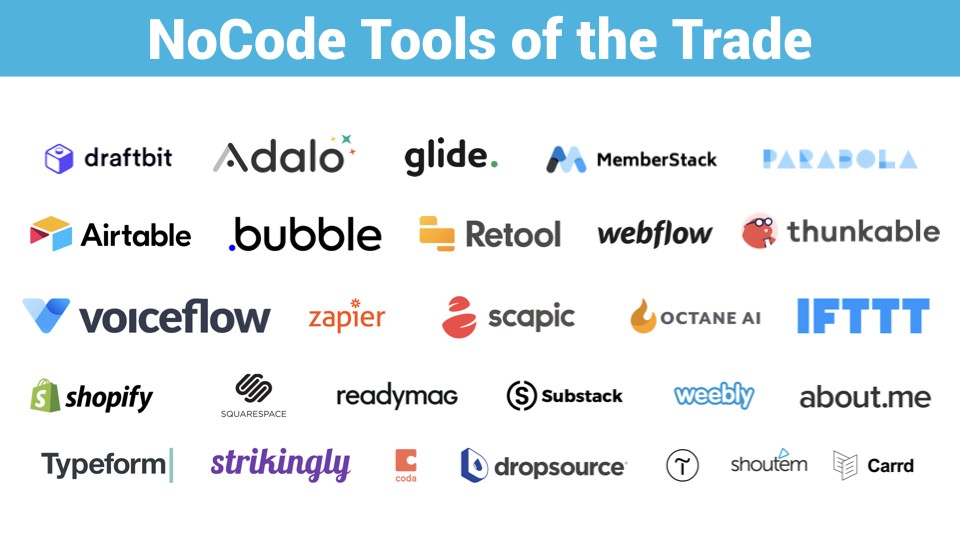
With the ever-growing need for maintainable and understandable code, identifying and addressing complexity has become crucial in 2024. Enter the diverse world of code complexity tools, offering various approaches and metrics to assess code structure and potential trouble spots. Here’s a breakdown of some popular categories and their leading contenders:
Traditional Metrics-Based Tools:
- McCabe Cyclomatic Complexity: A classic metric for measuring code complexity based on decision points, offered by tools like SonarQube and PMD.
- Halstead Complexity Measures: Analyze code based on operators and operands, offered by tools like Halstead Metrics and Code Climate.
- Lines of Code (LOC): A simple metric for code size, but offers limited insights into complexity. Tools like cloc and sloccount provide LOC analysis.
Advanced and AI-powered Tools:
- Cognitive Complexity Tool (CCT): Analyzes code based on information flow and cognitive demand, offered by Understand.
- DeepCode: Leverages AI and machine learning to identify complex patterns and predict potential maintainability issues.
- CodeScene: Visualizes code complexity and dependencies through interactive graphs, offering insights into code structure and potential bottlenecks.
Language-Specific Tools:
- Lint tools: Many language-specific tools like Pylint for Python, RuboCop for Ruby, and Flake8 for Python offer code style and complexity checks.
- FxCop for C# and Complexity Analyzer for Java provide complexity analysis specific to those languages.
Choosing the Right Tool:
- Complexity needs: Consider the level of detail and specific metrics relevant to your code and projects.
- Development environment: Choose tools compatible with your programming languages and development environment.
- Ease of use and integration: Evaluate the tool’s user interface and integration with your workflow.
- Budget: Free and open-source tools exist, while advanced features and AI-powered options often require paid subscriptions.
Additional Considerations:
- Context matters: Code complexity alone doesn’t indicate maintainability; consider factors like team experience and coding practices.
- Focus on actionable insights: Choose tools that provide clear explanations and suggestions for improvement, not just raw complexity scores.
- Combine tools: Use a combination of metrics-based and AI-powered tools for a more comprehensive understanding of complexity.
Code complexity tools are valuable aids in identifying potential issues, but they should not be the sole focus. Use them in conjunction with good coding practices, code reviews, and clear communication to ensure your code remains maintainable and understandable in the long run.
Say goodbye to the hassles of bike ownership! MotoShare.in offers affordable rentals, whether you need a scooter for errands, a bike for a road trip, or a reliable ride to explore new cities.

 Starting: 1st of Every Month
Starting: 1st of Every Month  +91 8409492687
+91 8409492687  Contact@DevOpsSchool.com
Contact@DevOpsSchool.com
